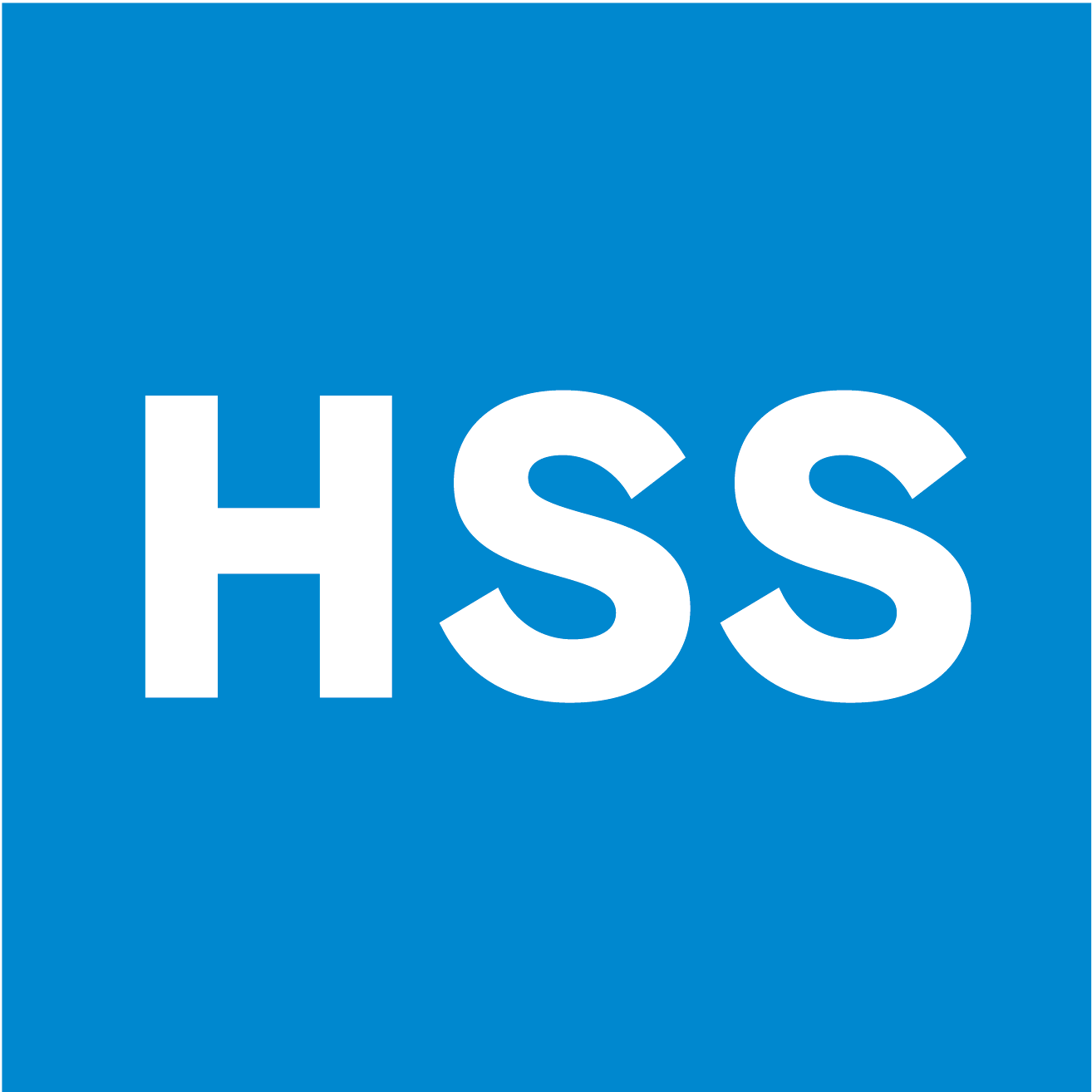Newswise — Surgeons from Hospital for Special Surgery in New York have identified a drilling technique that improves the outcome of surgery to reconstruct the anterior cruciate ligament (ACL). The news will be presented during the annual meeting of the American Orthopedic Society for Sports Medicine, July 9-12, in Keystone. Colo.
"We found that the anatomy was better reproduced with the anteromedial portal drilling technique compared to the transtibial technique," said Asheesh Bedi, M.D., a fellow in sports medicine and shoulder surgery at Hospital for Special Surgery who was involved with the study.
In recent years, an improved understanding of the anatomy of the ACL has allowed surgeons to refine techniques to reconstruct the ACL. Investigators at Hospital for Special Surgery (HSS) set out to compare the outcomes of surgeries using two common techniques. "The goal in repairing the ACL is to recreate the normal anatomy, and there are a variety of different techniques to prepare tunnels for ACL reconstruction that have evolved over time," said Dr. Bedi. "The focus of the study was to compare two very common techniques in terms of their ability to reproduce the native ligament anatomy and restore the stability of the knee after reconstruction in a cadaveric model."
The investigators used ten matched cadaveric knees to directly compare the transtibial and anteromedial portal drilling technique. The researchers found that the transtibial technique could not reproduce the position of the ACL, whereas the anteromedial portal drilling technique could better restore the native anatomy. The transtibial technique also presented additional concerns. "In preparing the femoral tunnel using the transtibial technique, the tibial tunnel is inadvertently re-reamed as much as 30 percent and can lead to significant time-zero tunnel expansion," Dr. Bedi said. The transtibial reconstruction also performed inferiorly to the medial portal on a number of biomechanical parameters of stability assessed with computer navigation.
"This study clearly demonstrates that restoring the anatomy of the ACL and the stability of the knee is far superior when the femoral socket is reamed through the anteromedial portal rather than the tibial tunnel, as has been traditionally done by most surgeons," said David W. Altchek, M.D., attending orthopedic surgeon and co-chief of the Sports Medicine and Shoulder Service at HSS. "HSS is an international leader in this innovative solution toward further improving patient outcomes in ACL surgery."
According to Dr. Bedi, the work has translated into modified techniques in the operating room at HSS, where more than 800 ACL surgeries are performed each year. Tears of the ACL are quite common, with between 70,000 and 80,000 reported each year in the United States.
Other researchers involved in the study are Volker Musahl, M.D., Volker Steuber, M.D., Daniel Kendoff, M.D., Answorth A. Allen, M.D., and Andrew D. Pearle, M.D., all with the Sports Medicine and Shoulder Service at HSS.
About Hospital for Special Surgery
Founded in 1863, Hospital for Special Surgery (HSS) is a world leader in orthopedics, rheumatology and rehabilitation. HSS is nationally ranked No. 1 in orthopedics and No. 4 in rheumatology by U.S. News & World Report (2008), and has received Magnet Recognition for Excellence in Nursing Service from the American Nurses Credentialing Center. In 2008 and 2007, HSS was a recipient of the HealthGrades Joint Replacement Excellence Award. A member of the NewYork-Presbyterian Healthcare System and an affiliate of Weill Cornell Medical College, HSS provides orthopedic and rheumatologic patient care at NewYork-Presbyterian Hospital at New York Weill Cornell Medical Center. All Hospital for Special Surgery medical staff are on the faculty of Weill Cornell Medical College. The hospital's research division is internationally recognized as a leader in the investigation of musculoskeletal and autoimmune diseases. Hospital for Special Surgery is located in New York City and online at www.hss.edu.
MEDIA CONTACT
Register for reporter access to contact detailsCITATIONS
American Orthopedic Society for Sports Medicine
